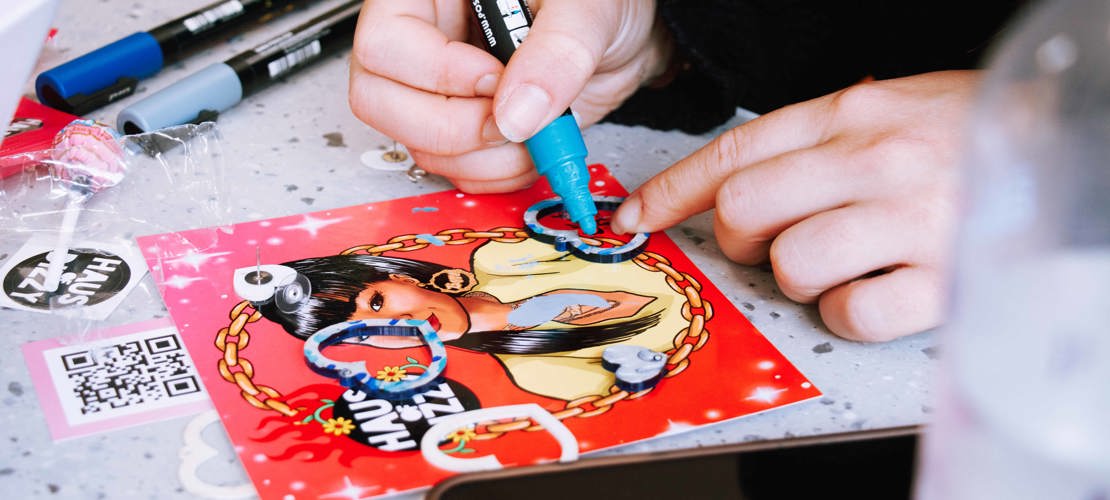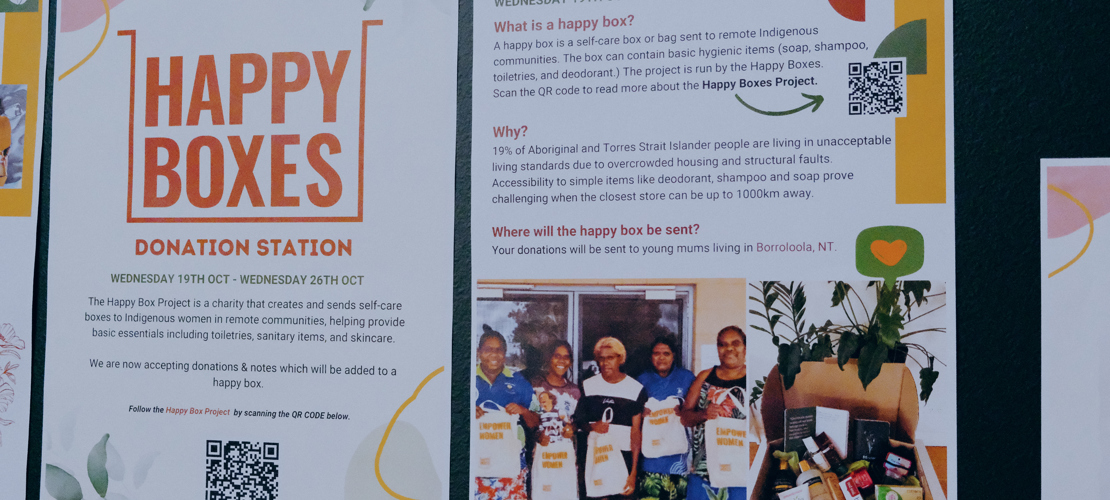
Author
Reading Time
3 minutes

Always Was, Always Will Be. This phrase reminds us that the lands we live and work on have always belonged to the Aboriginal people of Australia. But do you know whose land you are on? Indigenous culture is not homogenous—there were once over 500 distinct language groups across Australia. Acknowledging the Traditional Owners of the land you’re on is a fundamental sign of respect. Here are four ways to learn more about them:
Created by the Australian Institute of Aboriginal and Torres Strait Islander Studies (AIATSIS), their map of Indigenous Australia breaks down the country by language groups using published resources from the 18th century all the way until 1994. Zoom in and find out not just where you live, but also the name of every region around the country. While the map covers general language groups, you'll have to go elsewhere to discover the smaller sub-groups. Never-the-less, it's a great starting point.

The 50 Words Project is by the innovative minds of The University of Melbourne's Research Unit for Indigenous Language. The project aims to preserve at least 50 words from each Aboriginal language; they've yet to complete the whole map but you can still see the variety of language groups, and maybe add a few new Aboriginal words to your vocabulary!
Gambay, run by First Languages Australia, is another site where you can explore the diversity of Aboriginal groups and their languages. Meaning "together" in the Butchulla language of the Hervey Bay, Queensland region, the interactive map is the result of collaboration with language centres from all over the country. Once you've clicked on a group, recordings will pop up where you can hear the word itself, as well as resources such as educational snippets from ABC Radio's Word Up program.
Much of the information about Traditional Owners of your area is readily available and accessible on your council's website. Knowing the name of the owners is one thing; discovering the history and culture behind them is another. Once you've discovered whose land you're on, make the time to search for their Aboriginal Corporation. For example, Collarts is located on the country of the Wurundjeri Woiwurrung people of the Kulin Nation, and through the Wurundjeri Woiwurrung Cultural Heritage Aboriginal Corporation, you can learn about ancestors, significant places, and engage in their events and services.

At Collarts, we stand in solidarity with Aboriginal and Torres Strait Islander communities. We acknowledge the strength, survival, and contributions of the oldest living cultures on Earth.
Let’s continue to listen, learn, and support pathways toward truth-telling, justice, and reconciliation. Together, we can build a future that uplifts and celebrates the voices of First Nations people.
Here are some events you can attend on Survival Day:
Date: Sunday 26th Jan | 11.30 am - 6.30 pm
Location: Treasury Gardens, East Melbourne
Share the Spirit, presented by Songlines Aboriginal Music, is Victoria's largest and longest-running Indigenous festival. This community-based gathering honors the survival of Aboriginal and Torres Strait Islander culture and welcomes everyone to join in the festivities. The family-friendly event features live music, food stalls, and more, fostering respect and celebration.
Date: Sunday 26th Jan | 12.00 pm - 5.00 pm
Location: The Briars Mount Martha
Our Survival Day features an incredible lineup of local artists, cultural experiences, food, and market stalls, the event aligns with the 2025 theme, "Reignite Our Spirit." Attendees can share meals, enjoy live music, and learn from knowledge holders in a vibrant and inclusive setting.
Date: Sunday 26th Jan | 10.00 am - 2.00 pm
Location: Parliament House, East Melbourne
The Invasion Day Protest is an annual rally held on the steps of Parliament House. It features speakers from across the community who address why January 26 is not a day for celebration. As one of the longest continual protests in the world, it serves as a powerful reminder of the ongoing struggles and resilience of First Nations communities.
For a complete list of all events happening across Australia, please visit ANTAR here.
For support and further resources, please contact our Support Team here.